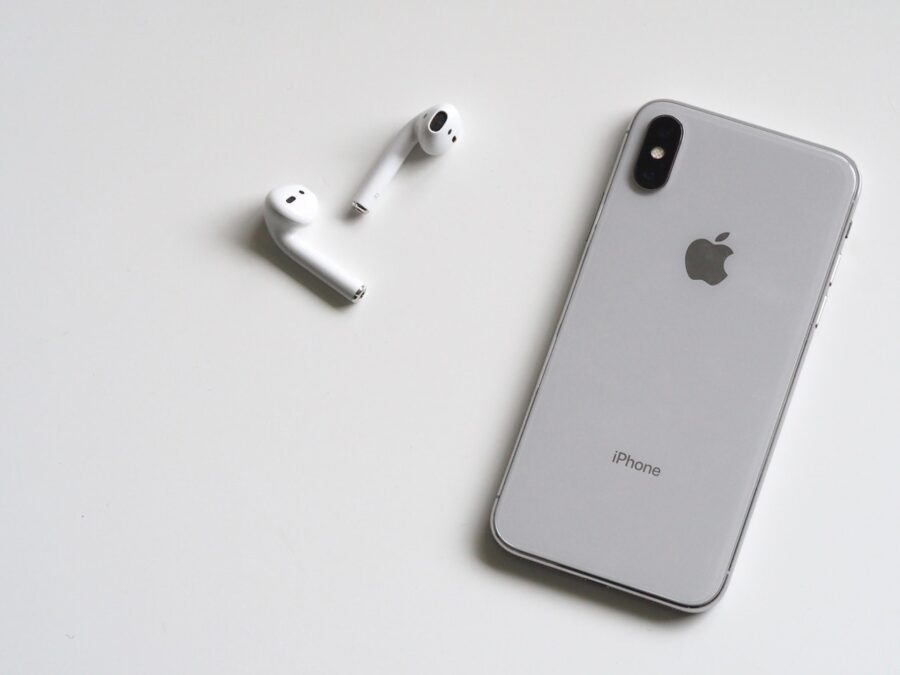Without plastic, it is doubtful that electronics would ever have become so pervasive. After all, what other substance could have been used as a cost-effective insulator across such a wide variety of deployments – in casings, electrical wiring and semiconductor packaging?
That is why the idea of plastic semiconductors may initially seem so improbable. Yet by mid-2003, such technology is expected to make its mass-market debut in displays for mobile phones, handheld computers and even laptops.
Within five years, plastic semiconductors are expected to be used for 'super-tagging', a replacement for bar codes that can be read remotely; for wearable computers, because of their flexibility relative to silicon; and for many more applications as yet undreamed of. "Information displays in your sunglasses, a biometric fingerprint ID pad on your front door, talking cans of soup that tell you when they are out of date, flexible information devices that you can roll up and put in your pocket," suggests Glenn Sanders, vice president of business development at Rolltronics.
|
||
Plastic semiconductors have been made possible by the development of a new class of polymer called conjugating polymers. These differ from standard plastics because of the way in which the atoms are fused. "Simple polymers are all insulating because the electrons are attached to their own nucleus," says Mamta Kailkhura, an analyst with Frost & Sullivan. "As a result, the electrons – the carriers of an electric current – cannot move through the substance." On the other hand, the individual atoms found in conjugated polymers, such as polyaniline and polyacetelyne, are attached together with alternately a single and double atomic bond, which enables semiconductivity.
Transistors made out of these polymers were originally developed in the late 1980s, but have been slow to make it to market because their semiconductivity was so poor. Even now it is unlikely that a 'plastic Pentium' is just around the corner because the semiconducting properties of the latest conjugated polymers still cannot approach that of silicon. Instead, researchers and analysts see a range of new applications driven by the technology's flexibility, smaller electrical power requirements and lower manufacturing costs.
"The present techniques for making semiconductors involve hundreds of steps to be performed with incredible precision in a near vacuum. It takes days to produce a single batch of silicon-based semiconductors," says Mamta Kailkhura, an analyst at Frost &Sullivan. And the fabrication facilities cost around $2 billion (€2.26bn) per unit. Plastic semiconductors should require little more than an industrial ink-jet printer, says Tracey Stephens, head of marketing at start-up Plastic Logic.
Using the ink-jet technique, circuits can be squirted onto a variety of substrates, including flexible, non-semiconducting plastics, for use in a wide range of discrete, embedded applications. These include 'wearable computers', product labels and lighter screen displays for handheld and laptop computers – the first application for polymer-base semiconductors.
But devising such a low-cost manufacturing process has not been easy. Plastic Logic, for example, has developed a means of putting the semiconducting plastic into a liquid form at around or just above room temperature and of printing the fine lines of the circuit just right. The vendor claims to have patents in this area enabling it to make circuits with line widths down to just a couple of microns. That compares well with the best that an industrial ink-jet printer can achieve – typically between 20 and 50 microns – but poorly with the latest Intel Pentium 4s and AMD Athlons – at between 0.13 and 0.18 microns.
Lucent Technologies' Bell Labs research team has taken a different approach. It has patented a manufacturing process in which multi-layered transistors can be pressed onto a flexible polymer using a finely patterned rubber stamp.
However, not every company bidding to build flexible displays and wearable computers is focused purely on polymers. For example, Rolltronics has developed a silicon-on-plastic manufacturing process, says CEO Michael Sauvante, which will enable it to print semiconductors in a similar way as newspapers.
Alien Technologies has adopted a similar approach. It involves cutting a silicon wafer into tiny pieces to provide the semiconductivity, putting it in a solution and rolling that over the surface of the substrate.
While Alien's approach represents a pragmatic innovation, it still does not eliminate the cost overhead of using silicon. For example, each silicon wafer has to be grown from crystals, which is another part of the cost equation of making conventional silicon chips.
During the course of the next half-decade, these and many other companies – both start-ups and well-established chip-makers – will be doing battle with their respective technologies and manufacturing processes.
What all such vendors can agree upon is that their technologies will transform the way that computers are used and usher in an era of 'pervasive computing' where computer power is not limited to the desktop.





